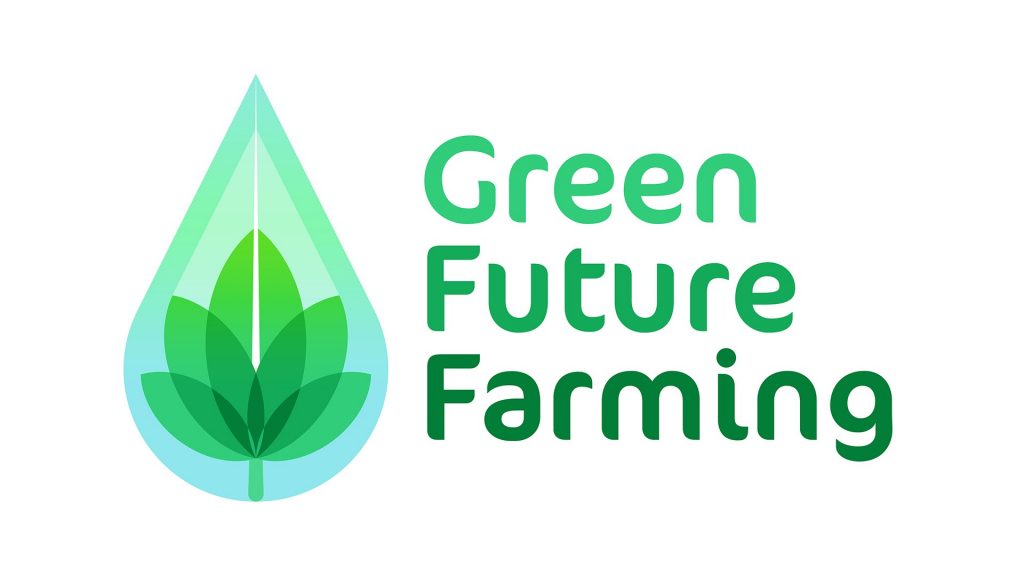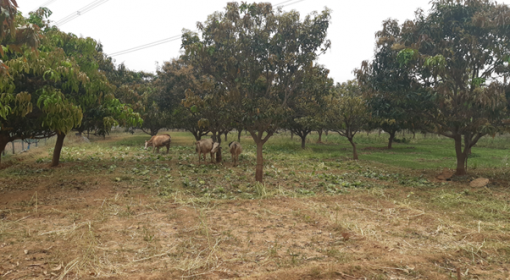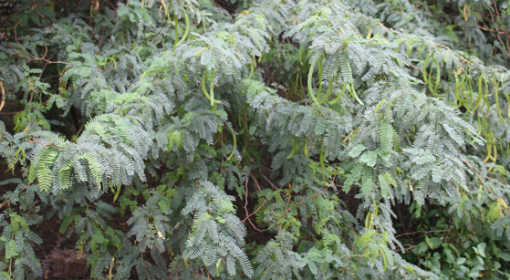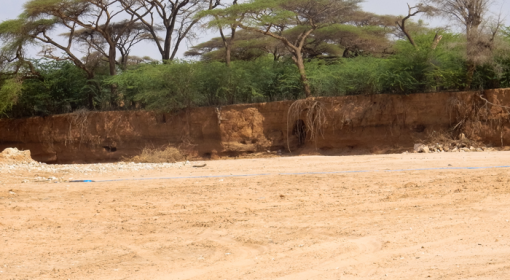by Beruk Yemane (EthioFeed) and Frank van Steenbergen (MetaMeta)
It is a major scourge, a destabilizer of pastoralist lives: the invasive Prosopis juliflora. Once upon a time introduced in East Africa and elsewhere to stabilize sand dunes and to stop erosion, the thorny shrub moved out of its domain and now occupies more than two million hectares of lowland rangeland in Ethiopia, rendering it unusable for herding. Prosopis juliflora has a unique strength, in that it seeks water through its multi-pronged root system, as a result of which it can often occupy prime rangelands and irrigable crop lands and is difficult to dislodge. Moreover, its clingy seed pods travel easily in undigested form through animal waste, accelerating its geographical spread. In arid lowland areas from Sudan to Pakistan, prosopis julifora has conquered large swathes of often the most fertile lands in the arid regions.
Overall the spread of Prosopis juliflora in pastoralist area has undermined fodder security: reducing the capacity to adequately feed the livestock population that is the mainstay of pastoralist economy and exasperating feed shortage during the current prolonged drought crisis.
Hence, there is a need for quest for innovative fodder solutions. A very promising feed has been developed by Ethio-Feed PLC, a private commercial feed enterprise dedicated to developing and marketing new fodder solutions. The product turns the scourge into a source of fodder, using Prosopis juliflora as a main component. This is how it works: young branches of the Prosopis are cut, chopped and dried for 48 hours. This is to get rid of the unpleasant smell of the plant which will make it unappealing to the livestock. The chopped and dried branches are then milled by machine into small pieces. They are mixed with maize, oil seed cake, salt, molasses and crushed lime stone to produce quality affordable animal feed, of which the milled Prosopis juliflora will constitute 50 to 60%. The result is a high quality protein-rich product. Production of Prosopis-based livestock feed in pellet form is more readily consumed by ruminant livestock.
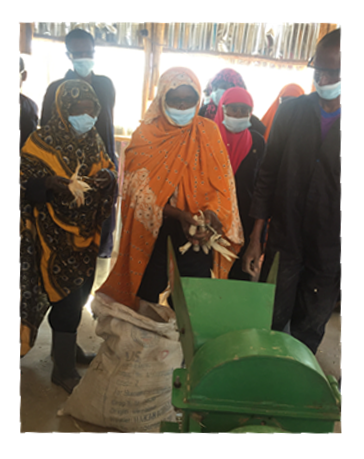
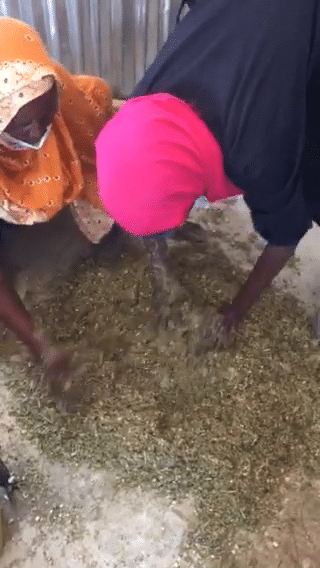
There is need and scope for more fodder sources in the pastoralist lowland areas – to complement the intake from stretched and invaded grazing areas and to overcome drought periods. Productivity, even survival of livestock is at grave peril at times of drought. The first victims of the drought are often the livestock, especially the core breeding stock of cattle. We are seeing this unfold in real time, in the ongoing drought in Ethiopia as a result of which 3.5 million livestock have perished, which has dealt a blow toa the lives and livelihoods of the pastoral community. They have been pushed towards food aid dependency and their livelihood basis is being gradually eroded.
Cognizant of this fact, there is a need for alternative and new models for solving feed and fodder insecurity. Ethio-Feed has identified and is implementing solutions in a number of important fields:
New feed product development. It is high time to move from the conventional concentrate feed production and look for diversified forms of feed ingredients and products. These include poorly utilized or wasted crop by-products such as maize stalk, stover, sorghum stalk, straws of teff, wheat, barley; and naturally available sources including prosopis, cactus, molasses, bagasse, cane tops. Combining locally available feed ingredients with commercial feed ingredients will enable production of total mixed ration (TMR) in the arid lowlands to produce affordable good quality feed, and can be easily purchased by smallholder livestock owners and improve milk and meat production.
Use of green forages: the use of green forages such as elephant grass, Sudan grass, Panicum, Rohdes grass, Alfalfa and Moringa as alternative sources of livestock feeds in commercial feeds is very vital. Besides, improving the quality of feed for livestock will minimize dependency on feeds with grain and oil seed by-product concentrates– they are very expensive and at times in short supply. This also sets a research agenda for lowland agriculture. Trials of growing native lowland grasses have shown promising results.
Drought emergency supplementary feed: at present, feeds used as drought supplement include feed sources such as grass, teff or wheat straw; as well as total mixed ration or concentrate feed products that are transported from the central highland to the drought affected pastoral/agro-pastoral lowland areas. Production of drought supplementary feed at local-level will minimize production and transport cost, and will have long shelf life. However, this is not practiced widely. The use of prosopis makes all the more sense in this context. Use of modern bio-technology such as effective microrganism (EM), that can play a significant role in improving the quality of feed and in rumination process, has not been given due attention. This should be done at once. The need to develop livestock feed for emergencies such as drought, to ensure the survival and improve production of the core breeding stock, was never more evident than it is now.
For more information, please contact:
Beruk Yemane
Founder and Former General Manager
Ethio-Feed PLC
Tel: +251-911-194745
E-mail: berukukyemane@yahoo.com
